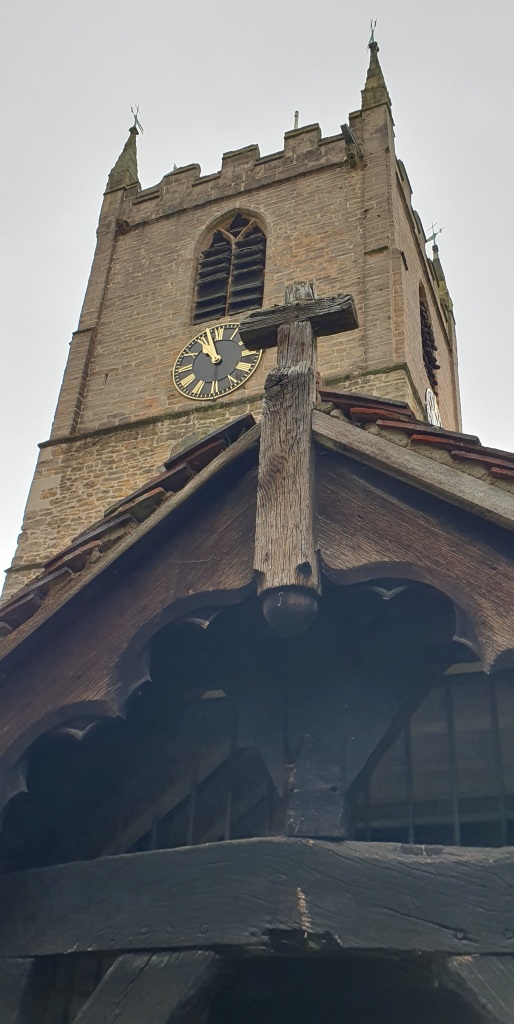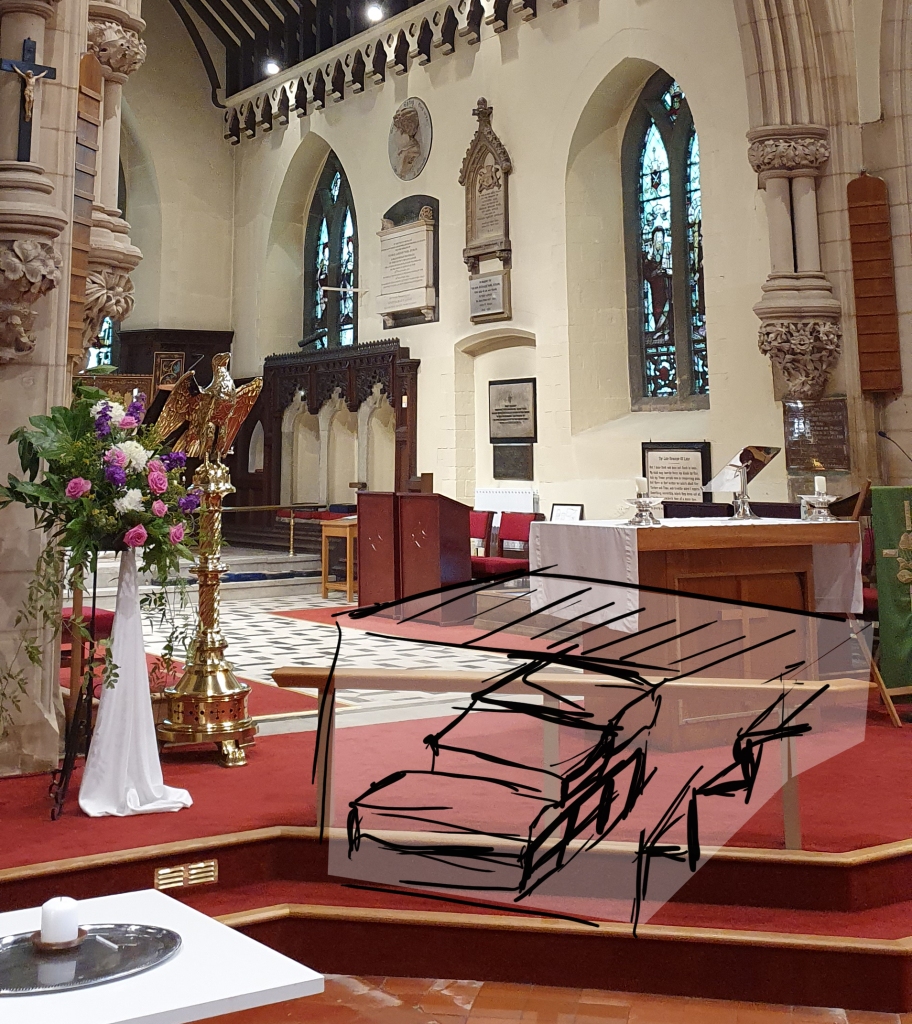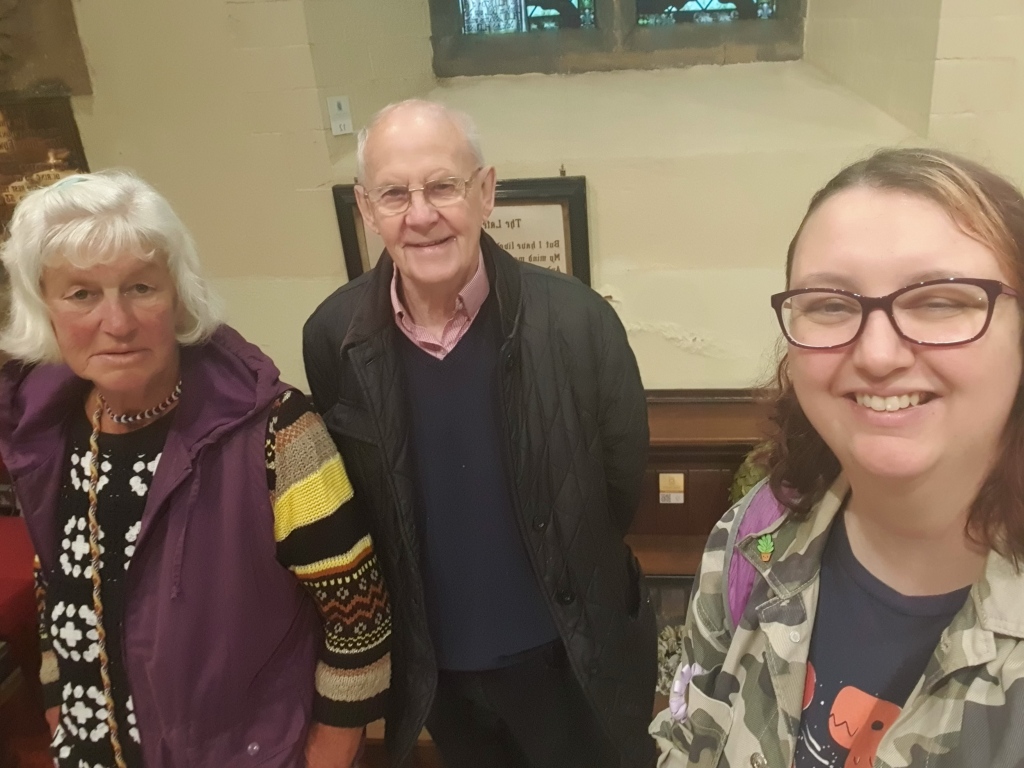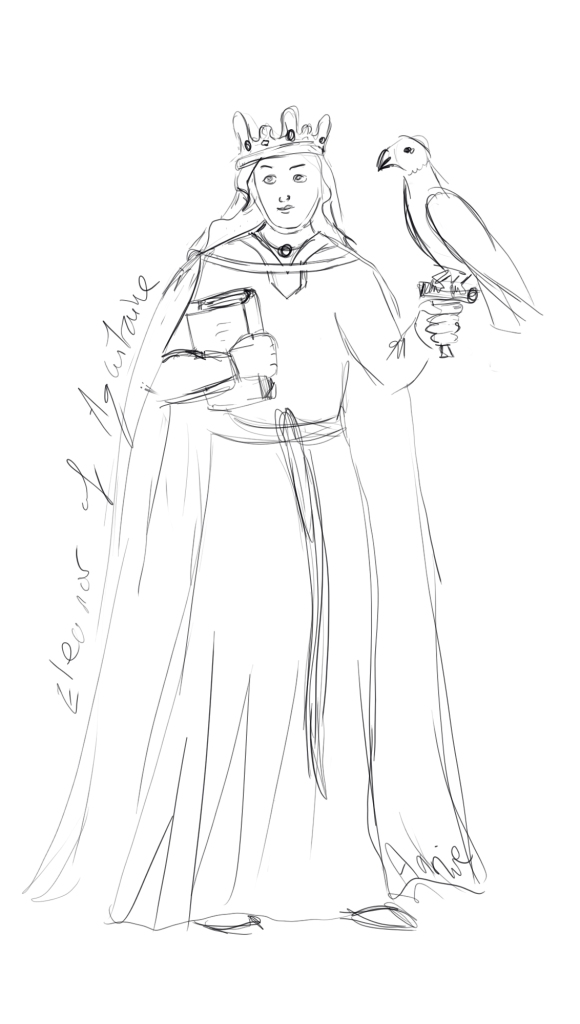
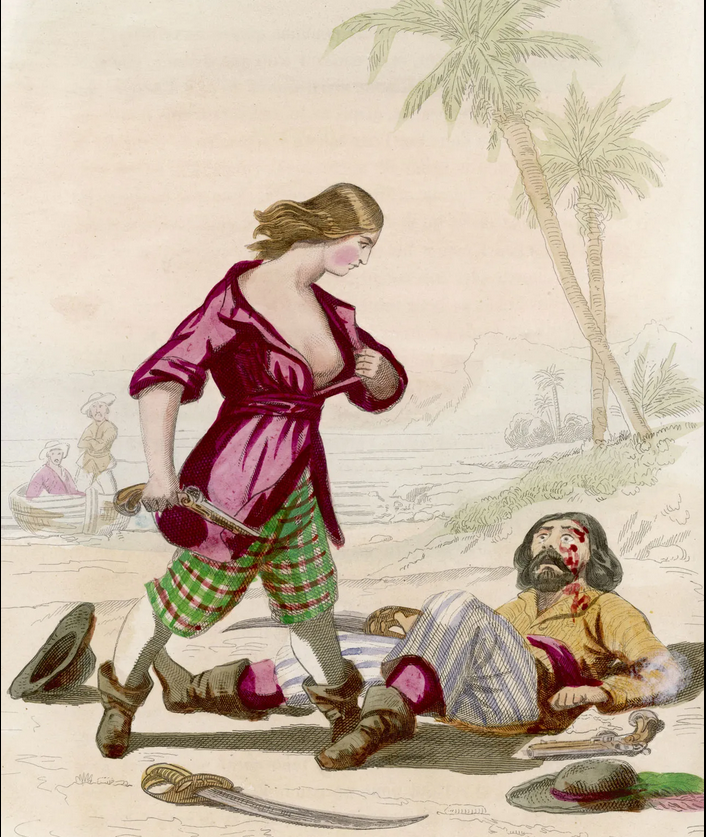
I’ve decided to duel-research these ladies due to their crossed paths and similarities. It makes sense to! When it comes to designing, they’re going to end up similar gear…. BUT DIFFERENT! But most differences will be stylistic to make each one unique, don’t worry, they won’t be clones. When I get to the research of clothing of that era it will be applicable to both of them, but we can make them still very much their own peoples. It’s partly why I’m working on them in tandem – to make sure there are plenty of differences while maintaining a coherent deadly duo.
Meet Andy and… Mark! Both ladies were born illegitimate amid similar scandals and, therefore, disguised as young boys by their remaining parent in an attempt to cover up who they were. Mary was born in England, and Anne in Ireland; their paths didn’t cross until later, but we shall get to that soon.
Mary Read
Many of Mary’s skills that would later be very handy in piracy were developed when she joined the British Army as a man, starting on a man-o-war then moving to a foot regiment, and then mounted. It was here she met her husband to be, and they moved back to the Netherlands to marry and open an inn. This peacetime didn’t last long, as the fellow died and she rejoined the army.
It seems that Mary “fell in” to the pirate life, after a ship she was on got overtaken, and she was forced the join. She spoke with disdain about pirates, but had little choice. There were certainly not posters of pirates on her bedroom wall as a child.
Oh, who is this, THE Calico Jack and a particularly femme and alluring pirate called Andy?
Anne Bonny
Anne is very much written as the “bad girl” of the tale, in contrast to Mary’s “good girl” image of being dragged into the situation, which may have been exaggerated for a good story, but we all love a good story!
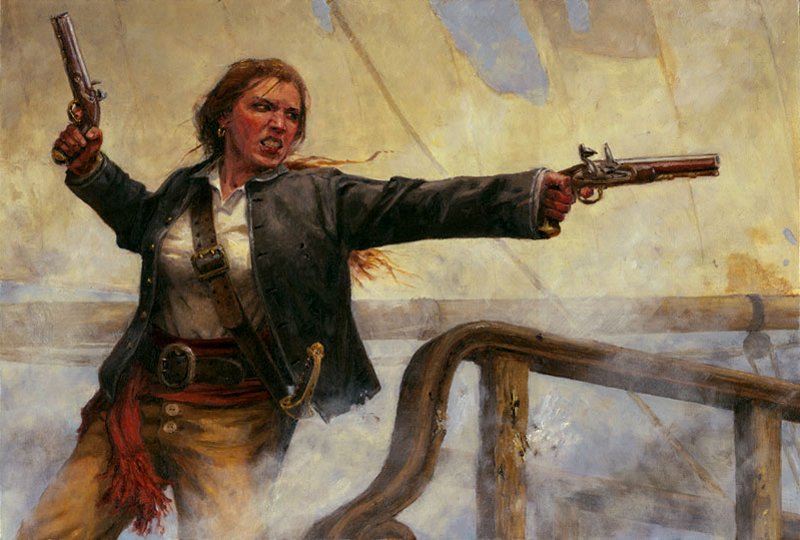
Once it was discovered that she was indeed the daughter of the maid and not just an apprentice boy to her father, they fled to Carolina, where Anne met James Bonny. A sailor, James possibly fitted her vision of wild adventure and they eloped to New Providence, the Pirate Capital, to seek employment.
The marriage probably being a bit of a let down, Anne got a bit bored of ol’ Snitching Bonny (he’d taken up work aiding the capture of pirates), met this incredibly colourful and exciting pirate called…wait for it… Calico Jack, and ran off with him! “Oh who is this new crewmate, Mark Read? I feel we have some sort of connection, but what could it be?”
What is this, a crossover episode?

Of the 2000-3000 pirates in the Caribbean at the time, only two are known to be women, and they ended up on the same ship! It didn’t take long for them to figure each other out, and according to some sources, a lot more than that. If you get my… drift. Again, it makes the story more interesting, and I, for one, stan our Bisexual British Buccaneers. I was actually reading about homosexuality at sea but that’s a whole other tangent. Pirates seemed a lot more chill about such things was the main takeaway though.
Together, and with the fancy Calico Jack and the rest of the crew (including Mary’s new husband) went and embarked on all things piratey. An article published in the Boston Gazette referred to them as “Enemies to the Crown of Great Britain”. They crammed much adventure into a time period that could have been as short as a year, but probably the most exciting year of their lives!
Pleading the what now?
Eventually, this piracy did catch up with them (just as those DVD adverts from the 2000s warned), and after a final fight, they were arrested, with most of the crew found guilty of various acts and sentenced to death.
Anne Bonny allegedly said to her husband as her final words, “If you had fought like a man, you need not have been hang’d like a dog.” Nawww. This was in reference to him being drunk and a bit useless at the time they were captured.
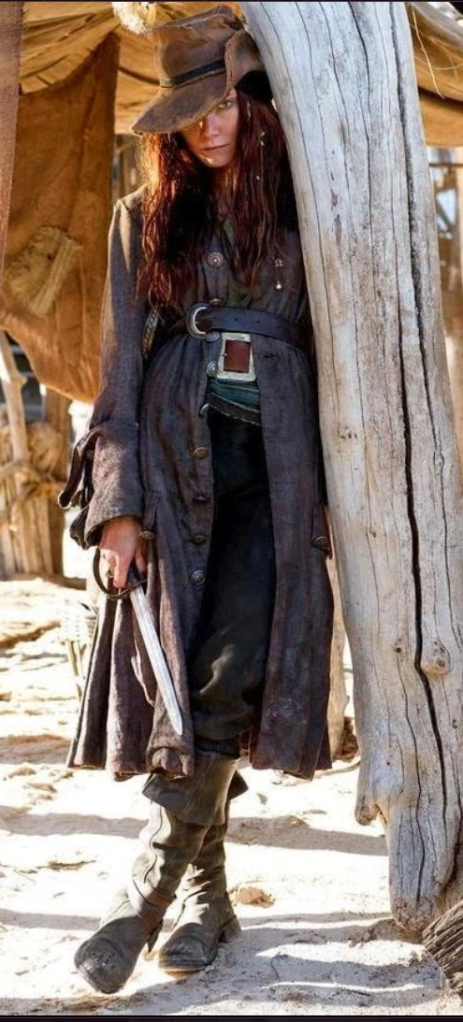
Before they could get to the gallows, both Mary and Anne “pleaded the belly”, meaning they were pregnant and could not be executed until they had given birth. This bought them some time but Mary died of a fever in prison and Anne……? We don’t know what happened to Anne. Perhaps she also died in prison, or something else far more exciting, like rescued, escaped and carried on pirating til her old age!
There are some great contemporary accounts of how these women looked and behaved, but I will save those for the next article…. “Designing Mary Read and Anne Bonny”.
As always, I’ve condensed this to avoid making it a book—there’s so much I could write! Researching these two has been interesting as there are a lack of sources, but from digging around, I managed to find some credible sources and largely stuck to those rather than the more anecdotal tales, such as Anne Bonny stabbing a servant girl as a teen. With every one of these, sorting the legend from the history is a fun detective activity!

